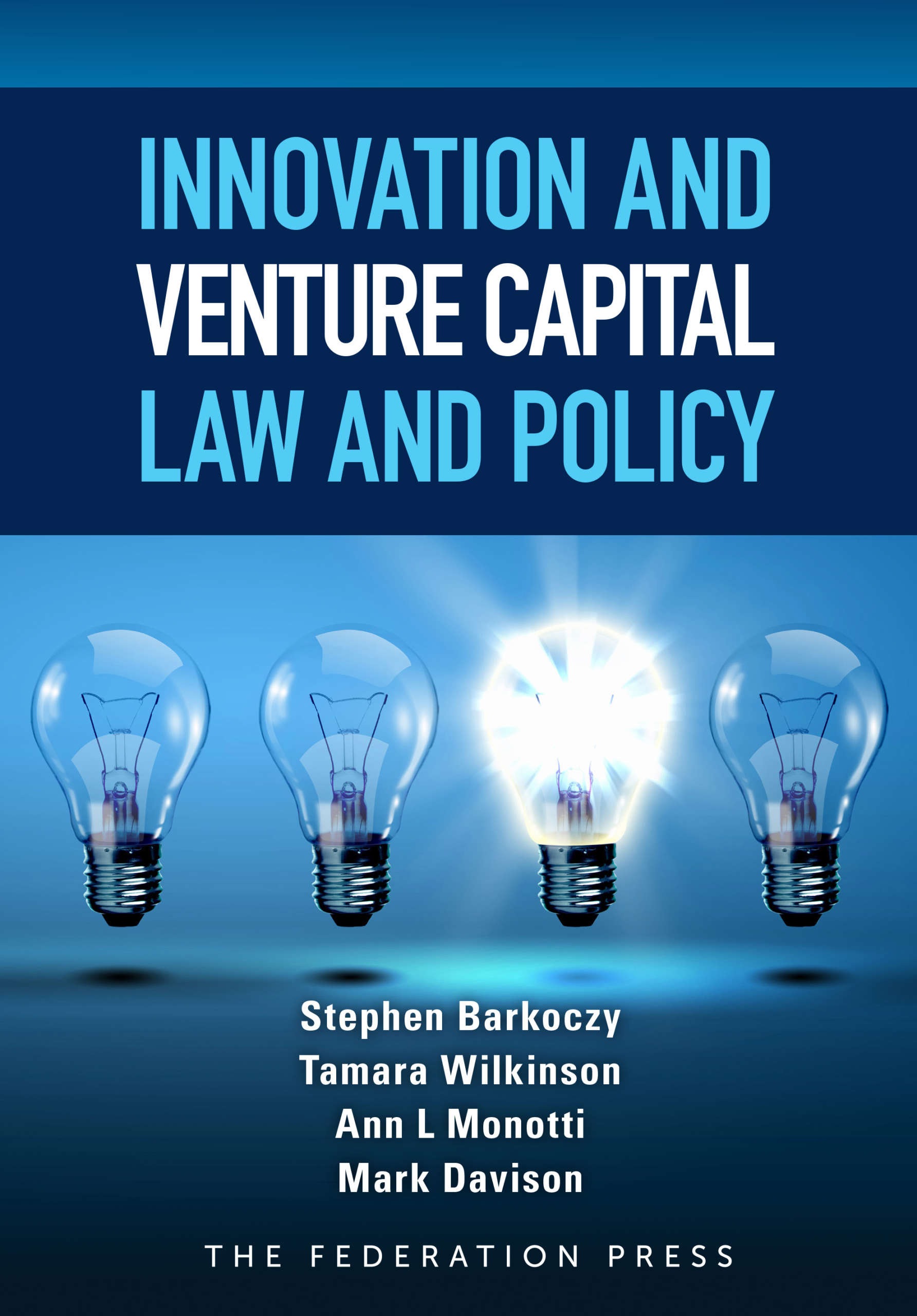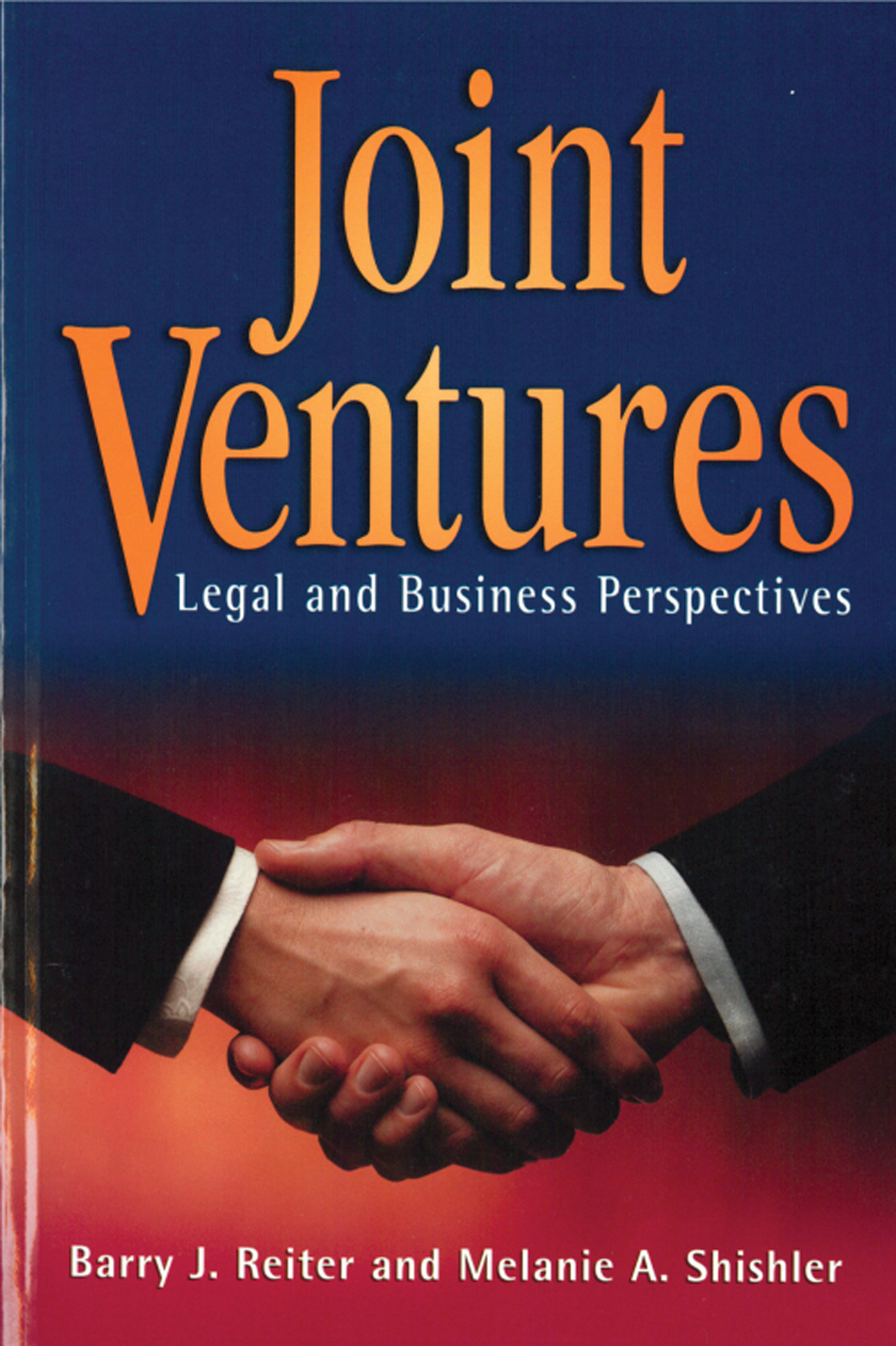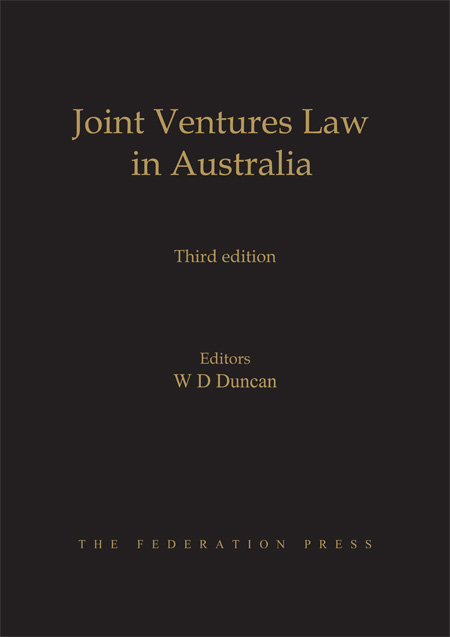Product Description
Innovation and Venture Capital Law and Policy examines the Australian innovation system, focusing on the broad range of government programs that have been introduced over the years to foster innovation and encourage venture capital investment in entrepreneurial start-up and early stage companies. It discusses the importance of innovation to a country’s economic growth and the critical role that venture capital plays in financing new businesses. The book also looks at the innovation systems in the United States and Israel. Both countries have been selected for comparative purposes as they have highly developed innovation systems and are widely respected as world leaders in venture capital investment.
Innovation and Venture Capital Law and Policy has been written as a scholarly monograph that explores these topics in detail. It is designed to be a practical resource for entrepreneurs running start-up and early stage companies, angels and venture capitalists who invest in such companies, staff engaged in university technology transfer offices, and accountants and lawyers who advise these parties. In addition, the book should also be of use to governments and policymakers that are involved in designing and administering innovation and venture capital programs, as well as to scholars and students studying innovation and venture capital law and policy.
About the Authors
Acknowledgements
Abbreviations
Chapter 1: About this Book
Stephen Barkoczy
Part A: Innovation Systems and Venture Capital Investment
Chapter 2: National Innovation Systems
Stephen Barkoczy
Chapter 3: Venture Capital Investment
Stephen Barkoczy and Tamara Wilkinson
Chapter 4: Universities as Key Drivers of Innovation and the Role of Venture Capital in Supporting the Commercialisation of University Research
Ann L Monotti
Chapter 5: Government Programs that Support Innovative Start-up and Early Stage Companies
Stephen Barkoczy
Part B: Australian Innovation and Venture Capital Programs
Chapter 6: The Australian Government’s Role in Supporting Venture Capital Investment
Stephen Barkoczy
Chapter 7: Australia’s Capital Raising and Proposed Crowd Sourced Equity Funding Rules
Stephen Barkoczy
Chapter 8: Taxation of Venture Capital Investment in Australia
Stephen Barkoczy
Chapter 9: Australia’s Venture Capital Investment Vehicles
Stephen Barkoczy
Chapter 10: Australia’s Corporate Venture Capital Tax Expenditure Programs
Stephen Barkoczy and Tamara Wilkinson
Chapter 11: Australia’s Limited Partnership Venture Capital Tax Expenditure Programs
Stephen Barkoczy and Tamara Wilkinson
Chapter 12: Australia’s Equity Investment Programs
Stephen Barkoczy and Tamara Wilkinson
Chapter 13: Australia’s Grant Programs
Stephen Barkoczy and Tamara Wilkinson
Chapter 14: Australia’s Business Assistance Programs
Stephen Barkoczy and Tamara Wilkinson
Chapter 15: Australia’s Incubator and Clustering Programs
Stephen Barkoczy and Tamara Wilkinson
Chapter 16: Australia’s Employee Share Scheme Rules
Stephen Barkoczy
Chapter 17: Australia’s Research and Development Tax Incentives
Stephen Barkoczy and Tamara Wilkinson
Part C: International Innovation and Venture Capital Programs
Chapter 18: Innovation and Venture Capital Programs in the United States
Ann L Monotti
Chapter 19: Innovation and Venture Capital Programs in Israel
Mark Davison
Part D: Policy Issues
Chapter 20: Policy Issues in Designing Innovation and Venture Capital Programs
Stephen Barkoczy
Index








